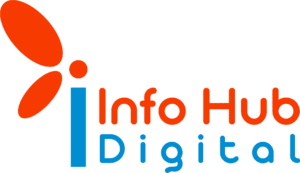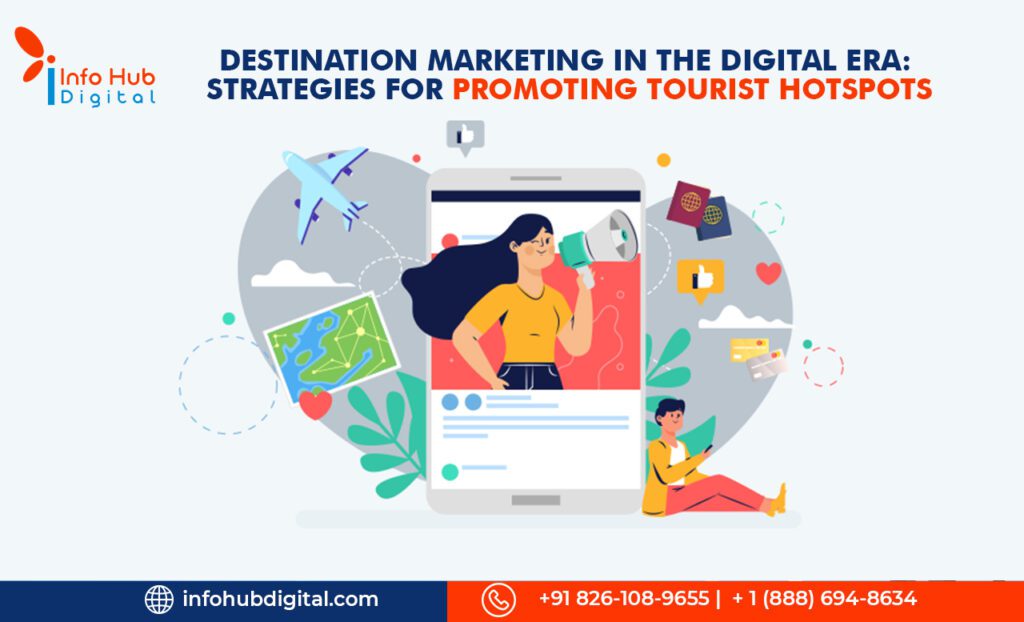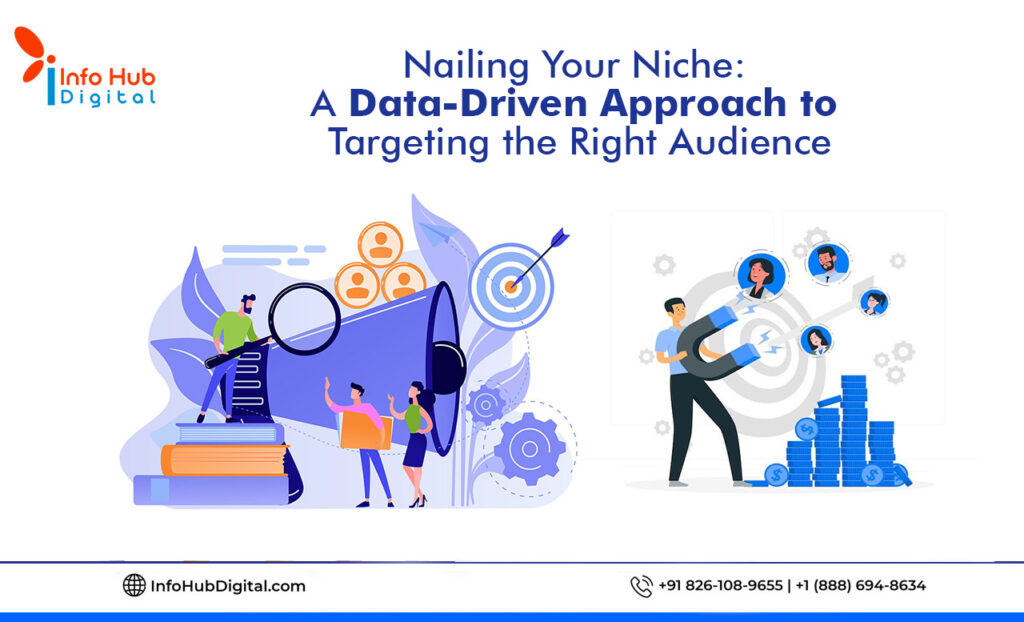Table of Contents
I. Introduction
- A. The Evolution of Destination Marketing: In the contemporary travel landscape, destination marketing has come a long way. Gone are the days of relying solely on traditional advertising methods like brochures and print advertisements. Today, with the advent of digital technology, destination marketing has entered a new era of possibilities and opportunities.
- B. Importance of Digital Era in Tourism Promotion: The digital era has revolutionized the way travelers plan and experience their journeys. With the majority of travelers turning to the internet for inspiration, research, and bookings, it has become imperative for tourist hotspots to establish a robust online presence and effectively leverage digital marketing strategies.
II. Understanding the Digital Landscape
- A. Analyzing Online Consumer Behavior; In this digital age, travelers exhibit specific online behaviors. Understanding their preferences, interests, and pain points can help destination marketers tailor their strategies accordingly. Conducting market research, analyzing website analytics, and studying social media engagements are essential steps in comprehending consumer behavior.
- B. Identifying Target Audiences: Every tourist hotspot has a unique appeal, catering to various demographics and interests. Identifying target audiences allows marketers to create customized campaigns that resonate with potential travelers. For instance, adventure enthusiasts might be drawn to thrilling activities, while cultural travelers seek immersive experiences.
III. Crafting Compelling Content
- A. Storytelling and its Impact on Tourism Promotion: Storytelling is a powerful tool in destination marketing. By crafting compelling narratives that showcase the essence and allure of a place, marketers can emotionally connect with their audiences. Evocative stories can inspire wanderlust, making travelers eager to explore the featured destination.
- B. Leveraging Visual Content for Engagement: In a visually-driven digital world, captivating images and videos play a pivotal role in capturing attention. High-quality visual content showcasing picturesque landscapes, local experiences, and vibrant cultures can leave a lasting impression, encouraging travelers to add the destination to their bucket lists.
IV. Search Engine Optimization (SEO) for Destination Marketing
- A. Keyword Research for Tourism Keywords: To ensure a destination’s visibility on search engines, thorough keyword research is essential. Understanding the search terms travelers use when planning trips can help optimize website content, blogs, and articles, leading to higher rankings on search engine results pages (SERPs).
- B. On-Page SEO for Tourism Websites: On-page SEO practices, such as optimizing meta tags, headings, and URL structures, enhance a destination’s website performance. Implementing SEO best practices improves organic traffic and helps potential tourists discover the destination easily.
V. Embracing Social Media for Tourism Promotion
- A. Choosing the Right Social Platforms: With a multitude of social media platforms available, destination marketers must choose the ones aligning with their target audience’s preferences. Visual platforms like Instagram and Pinterest work exceptionally well for showcasing stunning visuals, while Facebook and Twitter can aid in disseminating informative content.
- B. Utilizing Influencer Marketing in the Travel Niche: Influencer marketing has gained immense popularity in recent years. Collaborating with travel influencers who have a substantial following can expose the destination to a wider audience. Influencers’ authentic experiences can resonate with their followers and influence travel decisions.
VI. Personalization and Customer Engagement
- A. Implementing Personalized Marketing Strategies: Personalization fosters a sense of exclusivity and relevance. Tailoring marketing efforts based on user preferences and behavior can significantly improve customer engagement and satisfaction. Customized emails, targeted offers, and personalized recommendations enhance the overall travel planning experience.
- B. Leveraging User-Generated Content (UGC): User-generated content (UGC) serves as social proof, reinforcing the authenticity of a destination. Encouraging travelers to share their experiences through reviews, photos, and videos can create a sense of community and inspire others to embark on similar journeys.
VII. Data Analytics and Performance Measurement
- A. Tracking and Analyzing Digital Campaigns: Data analytics is vital for assessing the effectiveness of digital marketing efforts. By monitoring key performance indicators (KPIs) like website traffic, conversion rates, and social media engagements, marketers can gain valuable insights into their campaigns’ success.
- B. Making Data-Driven Decisions for Optimization: Interpreting data allows marketers to make informed decisions for optimizing future campaigns. Continual refinement of strategies based on data analysis ensures that marketing efforts yield the desired results.
VIII. Conclusion
In the dynamic landscape of tourism promotion, “Digital Marketing services for Tours and Travels Industry” by Info Hub Digital, India, and USA’s premier digital marketing services provider, unlocks a pathway to unparalleled success. By harnessing digital strategies, comprehending consumer preferences, and creating engaging content, tourist hotspots can ascend to greater prominence. The digital era offers boundless opportunities to ignite wanderlust and captivate travelers worldwide. Embracing this digital frontier is the pivotal step towards achieving remarkable marketing triumphs in the travel industry.







